Magical realism has long been a defining characteristic of Latin American storytelling, deeply rooted in the region’s literature, folklore, and cultural identity. It presents a world where the extraordinary and the mundane coexist, blending fantasy with reality in a way that feels organic rather than fantastical. While magical realism first gained prominence in literature through authors like Gabriel García Márquez and Juan Rulfo, it has since become a powerful tool in Latin American cinema, allowing filmmakers to explore political themes, cultural heritage, and the complexities of human emotion through an imaginative lens.
One of the most influential figures in this movement is Guillermo del Toro, whose work has brought magical realism to international audiences while staying deeply connected to his Mexican heritage. Del Toro’s films demonstrate how magical realism can be used to tell deeply personal and political stories, making him a crucial figure in the genre’s cinematic evolution. This article will explore the history and rise of magical realism in Latin American cinema, why it resonates so strongly, what makes it great, and where it is headed next.
The Roots of Magical Realism in Latin American Cinema
Magical realism in Latin American cinema draws inspiration from literature, indigenous traditions, and a long history of colonialism and political instability. Unlike fantasy, which constructs entirely new worlds, magical realism presents the supernatural as an accepted part of everyday life. This narrative style reflects a cultural perspective where myth and reality are intertwined, often serving as a form of resistance against Western rationalism and colonial influences.
One of the earliest Latin American films to embody magical realism was "Macario" (1960), directed by Roberto Gavaldón. Based on a novel by B. Traven, the film tells the story of a poor woodcutter who is visited by Death and granted a magical power to heal. The film’s themes of fate, spirituality, and class struggle set the stage for future magical realist films that would blend political allegory with mythic storytelling.
Guillermo del Toro and the Modern Evolution of Magical Realism
Few filmmakers have championed magical realism in cinema as successfully as Guillermo del Toro. His films often explore the intersection of childhood, folklore, and political trauma, using magical realism to reflect on the horrors of history.
Key Films by Guillermo del Toro That Exemplify Magical Realism
"The Devil’s Backbone" (2001) – Set in an orphanage during the Spanish Civil War, this film combines ghostly elements with historical trauma. The supernatural is not treated as an external force but as an integral part of the characters’ reality, a hallmark of magical realism.
"Pan’s Labyrinth" (2006) – Perhaps the most well-known example of magical realism in modern cinema, Pan’s Labyrinth juxtaposes a brutal historical setting with a young girl’s fantastical journey. Ofelia’s encounters with mythical creatures exist alongside the harsh reality of fascist Spain, making the fantasy feel like an extension of her survival rather than an escape. The film won three Academy Awards, cementing del Toro’s place as a master of the genre.
"The Shape of Water" (2017) – While some argue this film leans more into fantasy, The Shape of Water employs magical realism in its depiction of an amphibious creature who shares an intimate bond with a mute woman. The film won Best Picture and Best Director at the Academy Awards, making it one of the most successful magical realist films in history.
Del Toro’s work proves that magical realism is not just a storytelling technique but a cultural and political statement. By weaving myth and reality together, his films challenge conventional narratives, highlight marginalized perspectives, and explore themes of power, oppression, and resistance.
Other Key Films in Latin American Magical Realism
1. "El Norte" (1983)
Directed by Gregory Nava, this film follows two indigenous Guatemalan siblings escaping civil war and heading toward the United States. Magical realism is used to convey their hopes, fears, and cultural connections, blending dreamlike sequences with harsh political realities.
2. "Ixcanul" (2015)
Jayro Bustamante’s Ixcanul tells the story of a young Kaqchikel Maya woman whose life is dictated by tradition and fate. The film incorporates magical realism through indigenous beliefs and visions, offering a poetic critique of the ways in which modernity and colonization impact indigenous communities.
3. "Tigers Are Not Afraid" (2017)
Issa López’s Tigers Are Not Afraid blends magical realism with contemporary social issues, particularly the trauma faced by children caught in Mexico’s drug war. Similar to Pan’s Labyrinth, the film uses a child’s perspective to merge the horrors of reality with the supernatural.
4. "Clara Sola" (2021)
This Costa Rican film follows a woman with a mysterious connection to nature, exploring themes of sexual repression and mysticism. The film’s use of magical realism is subtle, embedded in Clara’s experiences and the way she perceives the world around her.
5. True Detective: Night Country (2024) *Not a Film*
Season 4 of True Detective weaves magical realism into its chilling crime narrative, set in the frozen darkness of Alaska. The season follows detectives Liz Danvers and Evangeline Navarro as they investigate the mysterious disappearance of an entire team of researchers. Strange visions, eerie omens, and an unsettling connection to Inuit mythology blur the lines between reality and the supernatural.
Why Magical Realism Works in Latin American Cinema
1. It Reflects Cultural Identity
Magical realism is deeply tied to Latin American culture, where myths, folklore, and spirituality are often interwoven with daily life. By incorporating these elements into cinema, filmmakers create stories that feel authentic and deeply rooted in their heritage.
2. It Allows for Political Commentary
Many Latin American countries have experienced dictatorships, colonialism, and social upheaval, and magical realism provides a way to address these heavy themes without being overly didactic. It enables filmmakers to critique power structures while maintaining a poetic and emotionally resonant narrative.
3. It Challenges Western Narrative Structures
Hollywood’s approach to storytelling often emphasizes clear distinctions between reality and fantasy. Magical realism defies these conventions, offering a different way of seeing the world—one where the mystical and the mundane exist in harmony.
The Future of Magical Realism in Latin American Cinema
As streaming services expand global access to Latin American films, magical realism is experiencing a resurgence. Several upcoming projects indicate that the genre is evolving while staying true to its roots.
1. Netflix’s Adaptation of One Hundred Years of Solitude
For the first time, García Márquez’s iconic novel is being adapted into a long-form series, filmed entirely in Colombia with a local cast. This adaptation aims to stay faithful to the novel’s spirit, ensuring that magical realism remains central to its storytelling.
2. Increased Representation in Hollywood
With filmmakers like Guillermo del Toro, Issa López, and Alfonso Cuarón bringing magical realism to mainstream audiences, there is greater recognition of Latin American storytelling traditions. This could lead to more collaborations between Latin American filmmakers and global studios.
3. Expanding the Genre to Other Themes
While magical realism has often been used to explore political history and folklore, modern filmmakers are incorporating it into narratives about gender, sexuality, and contemporary struggles. Films like Clara Sola and Tigers Are Not Afraid show how the genre can evolve to address new topics.
A Genre That Will Always Matter
Magical realism has become one of the most enduring and influential narrative styles in Latin American cinema. From Roberto Gavaldón’s early work to Guillermo del Toro’s Oscar-winning masterpieces, the genre has proven its ability to capture complex emotions, challenge power structures, and connect deeply with audiences.
As new generations of Latin American filmmakers continue to innovate within this tradition, magical realism will not only survive but thrive, ensuring that the region’s rich storytelling legacy continues to captivate the world.
MIGRANT SPIRITS
I wasn’t originally going to mention this, but I think this perspective adds something important to the conversation. I’ve written a screenplay that has been making its rounds with managers and production studios, a screenplay that uses magical realism to explore real-world horror. It’s called Migrant Spirits, and it’s deeply personal to me. The story is about a haunted migrant detention center, where a young girl, Reyna, must unravel the mystery behind ghost sightings before she too becomes lost to the facility. But the spirits in this film aren’t just malevolent, they represent something more, a wish for escape, for justice, for survival.
Inspired by real-life experiences and the haunting reality of border detention centers, Migrant Spirits blends supernatural horror with the raw emotions of displacement and isolation. Like Tigers Are Not Afraid or The Devil’s Backbone, it uses magical realism to reflect trauma and resilience, turning ghosts into symbols of hope rather than just terror. To me, horror isn’t just about fear, it’s about survival, and more importantly, about finding light in the darkness. Sometimes, a ghost is a wish.
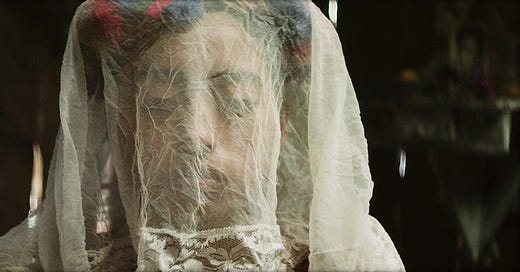


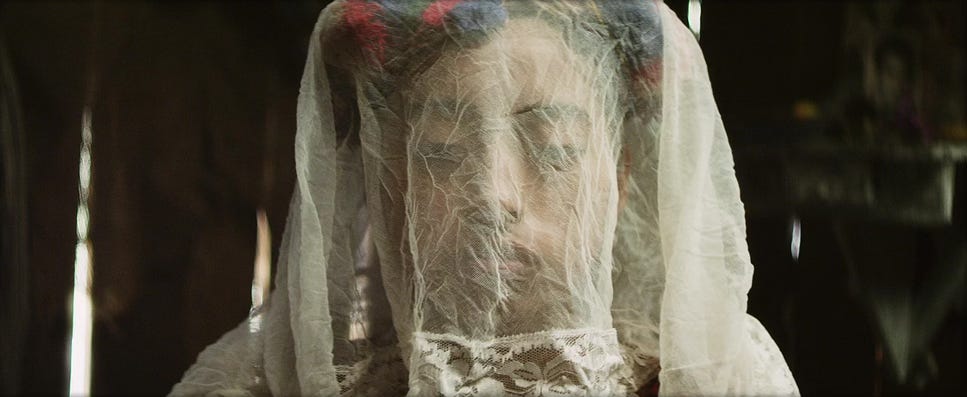



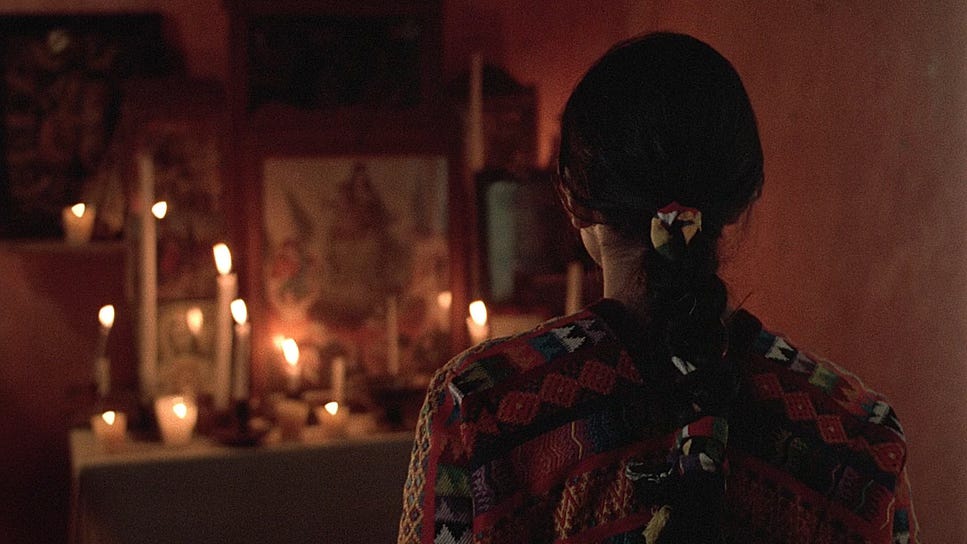
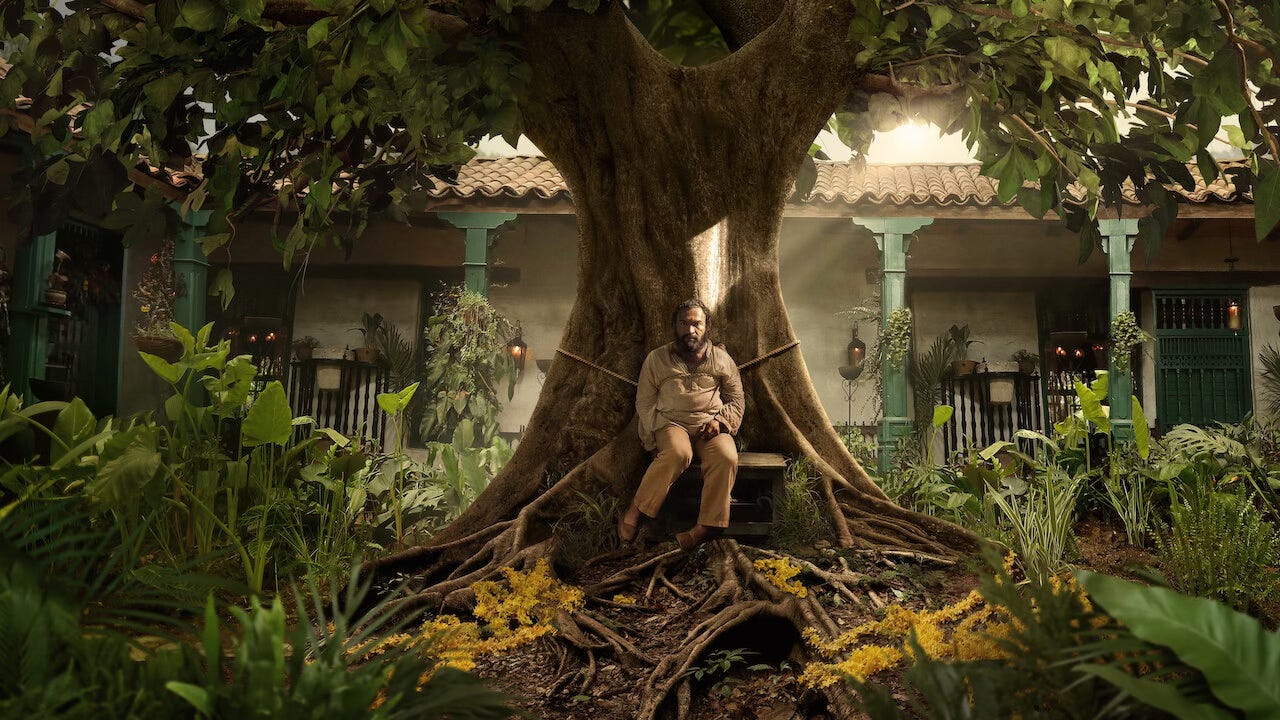

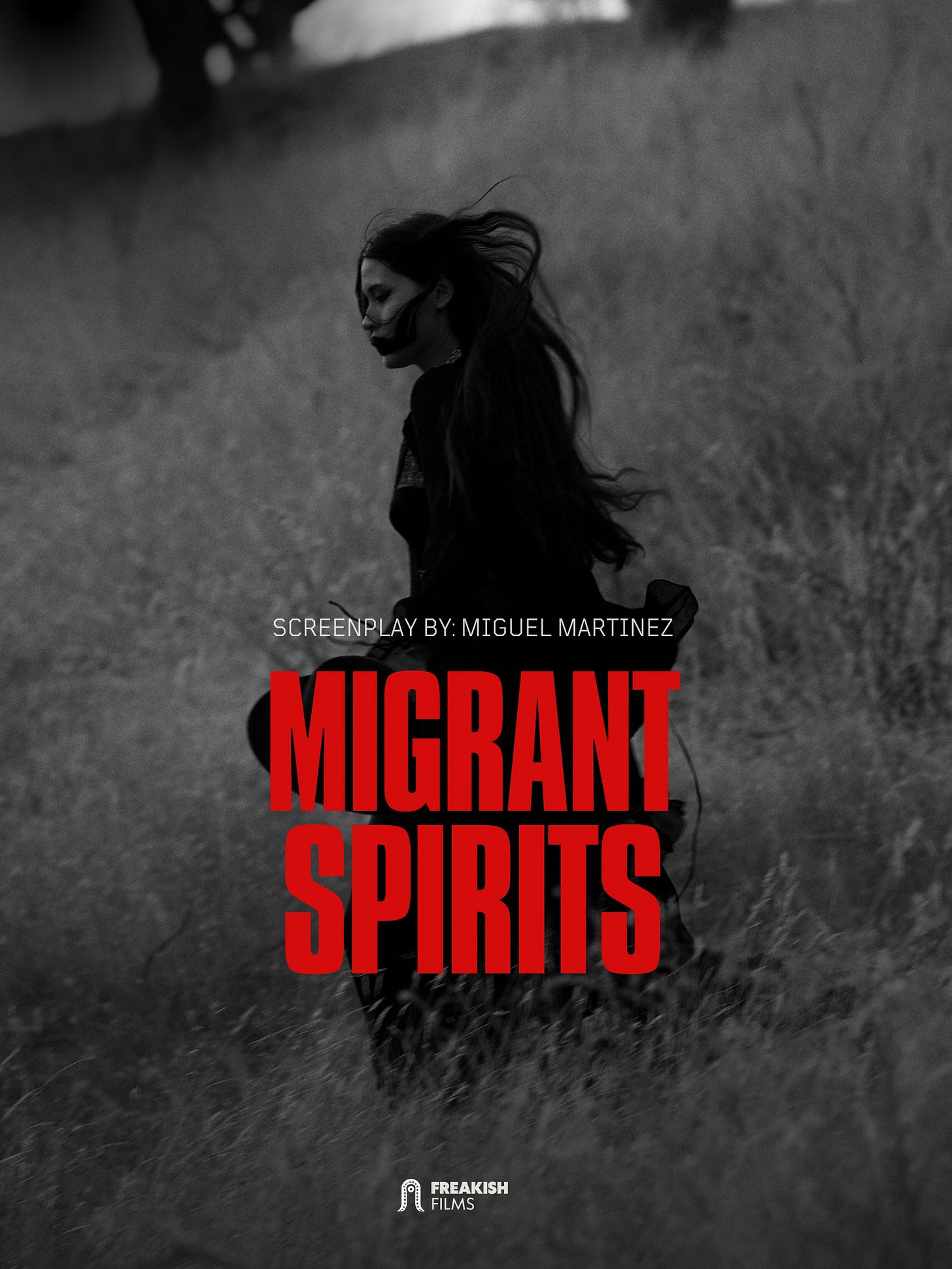

This is very interesting to me. My own stories have started to incorporate this into them. Maybe I'll post one here
Excellent write up. And now I have more movies to add to the watchlist.